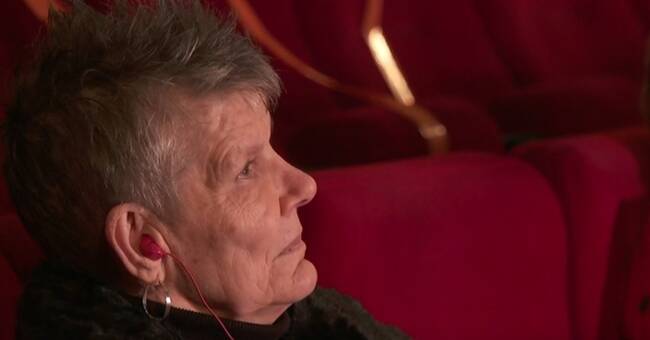- The region needs to save and our folk high school received proposals for major savings measures so we were almost thrown out.
We can hang on to a string, you could say, says Lotta Lagerman, course manager for the education and continues:
- We submitted a proposal that we can at least hang on and halve.
Half of the time, half of the teaching hours, but with more income.
So we brought in more participants this fall.
It has been eight before and now we increased it to twelve.
Culture accessible to all
The education focuses on visual interpretation of cultural events, which means telling the visually impaired about what happens on the cinema screen, the theater stage, the dance performed or the artwork they are viewing.
It is important to be able to paint a picture with short sentences.
- There are so many people with visual impairment in Sweden.
There are over 100,000 who also want access to the culture that is offered.
To be able to participate on equal terms, says Lotta Lagergren.
Savings that affect education
The training previously had eight weekend meetings.
Now it is only distance, something that means that the course participants are not allowed to meet and receive constructive criticism from the user councils, ie the nine people with visual impairments who participate in the training.
- They must not test the technology and try these situations when interpreting visually in cinemas, theaters and art exhibitions, says Lotta Lagergren.
Torkel Freed, rector of Fellingsbro Folk High School, agrees that the education has lost some of its quality, but hopes that there will be some physical meetings next year.
- We think we will need to run a slimmed-down approach next year.
But during the ten years that the training has existed, the region has taken a huge responsibility in Örebro to train visual interpreters.
But I see it as a national responsibility, to provide Sweden with good visual interpreters, he says.

